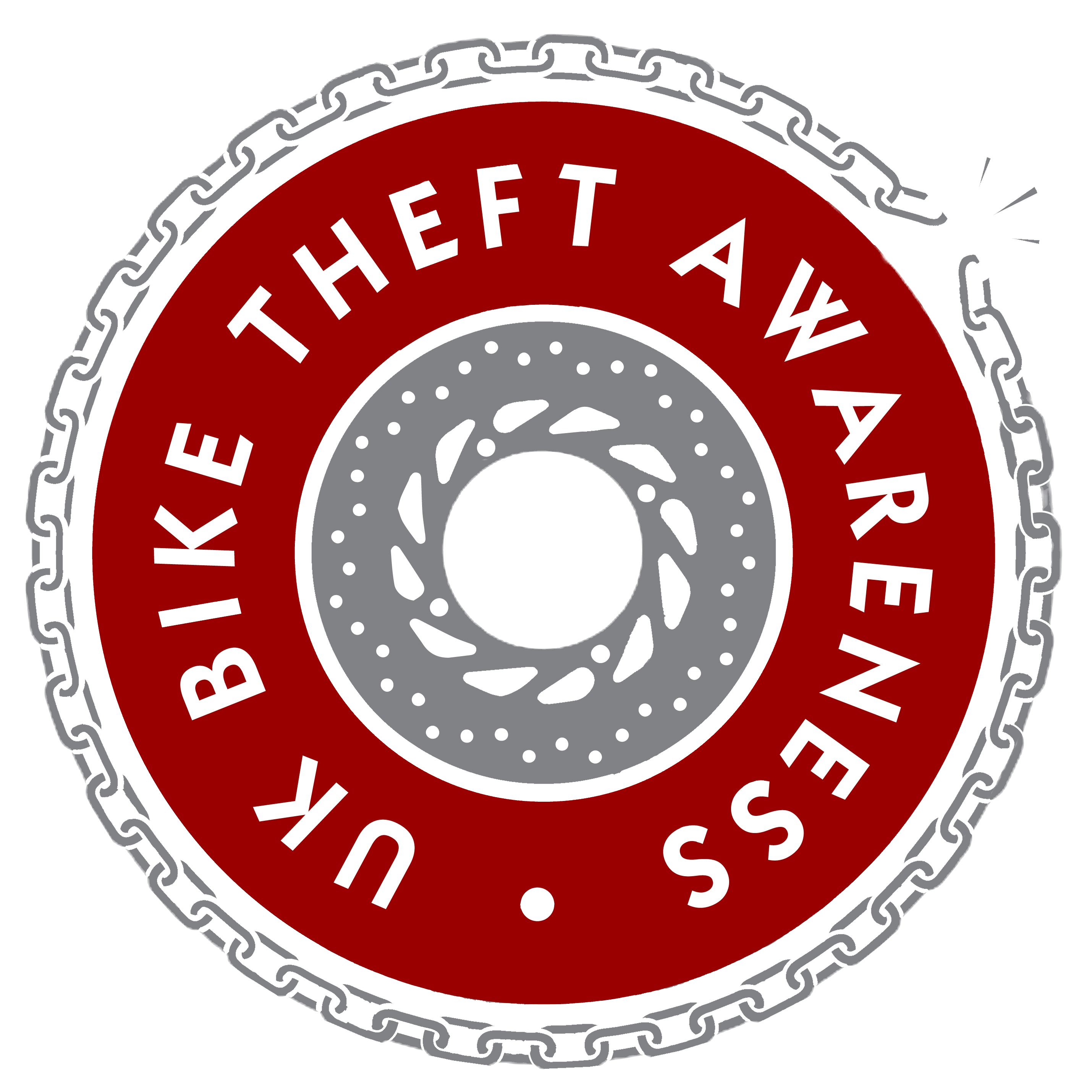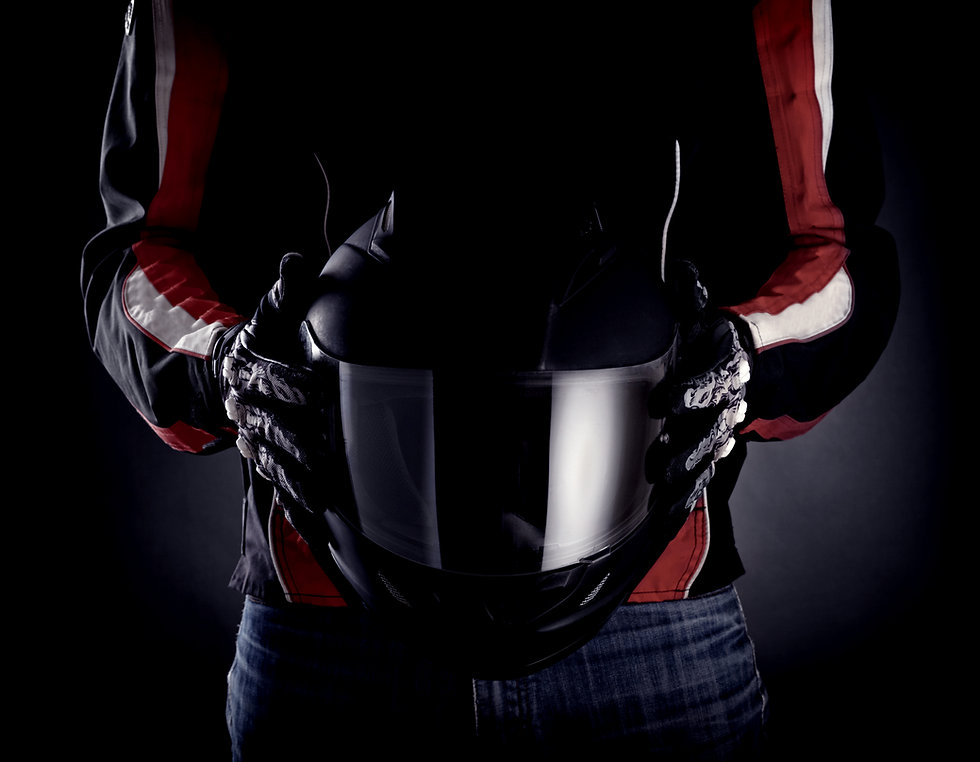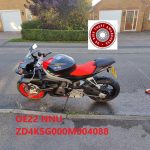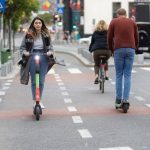You only need to try 10% of this, to be 80% more alert!
There will be some of you out there with the right set of skills that will immediately recognise OODA. There will be many more that don’t. This is a basic guide for you to be inspired by, research more or just hone your skills on what you read here. With many attesting to being followed home, we thought it would be useful to offer an introduction to AST.
AST stands for Anti Surveillance Techniques and is used worldwide by Armed Forces, Police and Security as a basic tool to determine if you are being followed or not, and how to react. It is formed of 4 objectives: Observe, Orient, Decide, Action – OODA. It can be used on foot, car or motorcycle – so if you are not familiar with OODA have a play with it, give it a try and it might come in handy one day – though we hope not! REMEMBER: It may seem over the top, as it is designed for military use, but remembering just a little, can make you a whole lot more alert and aware, and that means safe. The more you read on, the more it makes sense.
OBSERVE
If you are one of those people that like to ‘people watch’ then you are likely halfway there. If you wander around with your head in your socials and your buds in your ears, then pull them out and listen up!
Practice looking around at people, what they wear, their mannerisms, how they act, move and so on. Watch for people out of place, or acting out of place, and people not dressed for the occasion or climate. Watch for what they do, where they look, what they are holding. Watch how they stand, are they natural or rigid, at ease or hiding something. If they are doing something natural, but acting un-natural. A homeless man scavenging foods from bins, would have no reason to keep watching you. Remember and Practice it. That may sound extreme, but it can be the difference between clocking a moped behind weaving through traffic, and clocking a moped behind weaving though traffic to catch up with you with the passenger holding a machete.
Look at vehicles, memorise them. Makes, Models, Colours. Look for dents to identify, reg plates, stickers or signs such as a pizza roof box for a delivery driver. Look at drivers on your commute to work, you might see them again regularly – the man on the bike that stops for a rest on the hill you pass every day. These regular recalls are good for recognising things that are unusual. When in traffic, keep a cars length free ahead of you, and keep alert. Watch traffic oncoming and behind. Look for bikes, even if they are filtering on the outside – watch them, watch the space in front. It is your escape route, but can be used to block your escape so remain vigilant. Recalling the faces, cars on your commute will make it far easier to see something out of place. Watch side roads for vehicles emerging. It can be the person that leaves for work every day, it could be a gang looking for a bike. Remember what you see, and remember anyone that looks at you more than a glance.
It may seem over the top, but observancy will not only help prevent you becoming a target, but help you recall reg numbers and details, what the person looked like and so on should you be a victim of crime at any point in your lifetime, and these are skills that could be invaluable. So you really have nothing to loose and much to gain. Treat it as a game when your bored, whatever you do – just give it a go.
ORIENT
Orient yourself with your surroundings. Know where you are, and what is around you. If you park in a car park, know where the exits are, where they come out and if there are any other escape routes you can navigate in an emergency, a pathway, a gap in the barriers you can fit through. Note barriers, obstructions and directional wheel spikes on the entrances and exits of some. Note security offices, cameras and make a habit of parking under them when you do leave your bike.
Case Point to Note: One Motorcyclist chased into a multi-level car park by thieves and vanished into thin air. He knew the carpark well, whipped up the levels, into a stairwell and rolled his bike into an elevator. The thieves went up as he was going down. He made good his escape and stated he could see their headlights flashing around at the top.
When riding always clock safe havens along your route. Busy public places that you could alert or stop for help if needed. Shops, Garages, Petrol Stations. Somewhere with plenty of people around. Check the side roads, when you are bored, learn where they go – if they are dead ends, and if you could get through. This is important in cities and towns with high levels of risk and traffic.
Much that will keep you safe with orientation is actually just good riding habits and skills. The aforementioned leaving a cars length gap in traffic, watching what cars behind are doing and planning escape routes as you move along the road. Every move, every overtake, every filter much have an escape route planned should something go wrong. Interchangeable skills – practice them.
DECIDE
You have Observed, Orientated with your surroundings, and now it is Decision Time!
Your Body’s natural default is Fight or Flight. You need to control that, can it. As soon as that kicks in your body is flooded with chemicals and you won’t be thinking straight. Overcome the urges to remain logical and the best way to do that is to keep your mind occupied. Ask yourself questions. Is that person a threat? Am I really being followed or is it my imagination? Where are my escape routes? Where is the nearest Safe Haven? Where is the nearest Police station – or if your observancy knows of other options like the Police that stop for lunch this time of day at a sandwich bar down the road. All this can prevent your brain going into fight or flight mode and you can concentrate on dealing with it. Keep Calm, Stay in Control.
You Observed: Kid on a moped, balaclava, hooded up on a nice sunny day. He is on his own. Obviously a threat – but is he after you, another quarry or is he returning a stolen bike to its’ stash point? YOUR only concern at this point, is if YOU and being FOLLOWED.
You Orientated: You know the neighbourhood, you know where you are. You know the safe havens, the side roads and where they go. Left or Right? You know the route – choose one, but make sure you can complete THREE turns in the same direction. The first turn may be coincidence, the second is suspicious, the third you have effectively turned back on yourself, so you are very likely being followed.
NOW is time to DECIDE. What many may do is race home. DO NOT go to your destination or home address, follow your plan. Follow your escape route.
ACTION
Time for action! If you have an intercom, then call 999 and let Police know that you are being followed by suspicious people, if they are armed state that and ask for assistance. They may arrange to lead you to the nearest patrol – just keep them informed. If you are afraid for your life, stay on the line with them.
Pick your chosen escape route. You know the roads, you know the routines – that lorry that delivers and blocks half the road may offer a good hiding spot to throw off your tail, or even a place for help. Police Station, Public Area that is busy such as a shop. Some shop security can contact Police via their shop watch if required.
If you are on a larger bike and have a mismatch of power, then use that to your advantage. A Scooter or Motocross machine won’t have the acceleration that you have, so head for dual carriageways, main roads of motorway network and escape that way. You are vulnerable when you are in slow restricted places, so get out – even f that means going out of your way. More often than not, the person following would have given up knowing they have been rumbled.
After a safe period when you are sure you are no longer being followed, return back on yourself to verify and keep your observations alert. Take a longer route home, and when you get home report the incident to Police or update them if you had called them earlier of the situation and if you have made it home safe.
OBSERVE - ORIENTATE - DECIDE - ACTION
Share via:





Pingback: Op Napoleon – GMP – Prolific Thief, Kyle Camp – Sentenced 14 years and 4 months – UK BIKE THEFT AWARENESS